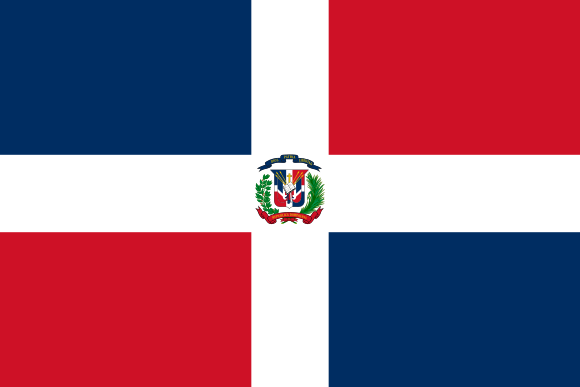At a glance
CDC works with partners in the Dominican Republic to build sustainable public health capacity, strengthen laboratory systems and surveillance networks, deliver high-quality HIV diagnostic, treatment, and prevention services, and respond swiftly to disease outbreaks at their source, preventing health threats from reaching the U.S.

Strategic focus
The U.S. Centers for Disease Control and Prevention (CDC) established an office in the Dominican Republic in 2009. Through the U.S. President’s Emergency Plan for AIDS Relief (PEPFAR), CDC aims to prevent the transmission of HIV and reduce illness and death from HIV.
CDC works with the Dominican Republic Ministry of Health (MOH) to find people living with HIV (PLHIV), place them on treatment, and support them to stay on treatment. CDC also improves access to HIV services for populations at greater risk of HIV and who may be difficult to reach. CDC also works to enhance the quality of HIV services and strengthen health information and laboratory systems.
Read more about CDC's most recent key activities and accomplishments below.
Building public health capacity
- Helped the MOH connect HIV health information systems (e.g., laboratory and treatment) to give providers a more comprehensive medical history. This will improve the quality of care and patient outcomes.
Strengthening laboratory systems and networks
- Supported the National Public Health Reference Laboratory to achieve international accreditation for viral load (VL) testing (ISO 15189) in 2025. This was the first public laboratory in the Dominican Republic to achieve this gold standard of laboratory quality.
- Supported the MOH in increasing the number of laboratories that conduct VL testing from one laboratory in the capital to five additional laboratories in the provinces. This has reduced the time it takes for patients to receive their VL testing result by 50 percent, from over 14 days to less than seven days.
HIV prevention and treatment
- Supported HIV treatment and prevention services at 21 healthcare facilities and two mobile clinics across six provinces.
- Improved HIV services that address the needs of migrant populations and increased the number of migrants who receive treatment by six-fold.
- Collaborated with the MOH and partners to conduct an intensive effort to identify PLHIV who had stopped treatment. Staff reviewed over 16,000 HIV health records at seven clinics in just six weeks and, within a month, restarted over 700 PLHIV on treatment.
By the numbers
HIV
Estimated HIV Prevalence (Ages 15-49)
1% (2023)
Estimated HIV Deaths (Age≥15)
Reported Number Receiving Antiretroviral Therapy (Age≥15)
TB
Estimated TB Incidence
42/100,000 (2023)
23% (2023)
TB Treatment Success Rate
80% (2022)